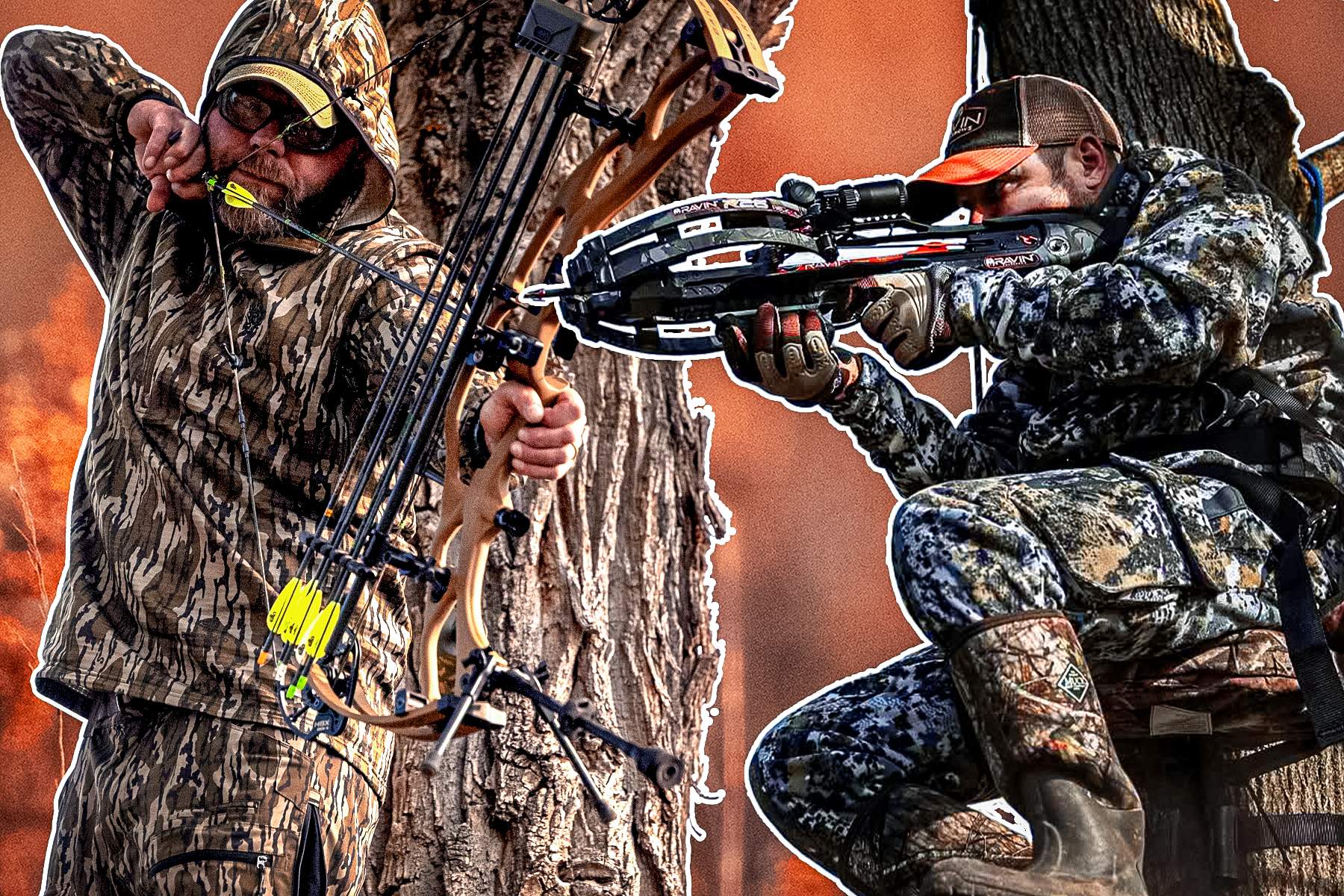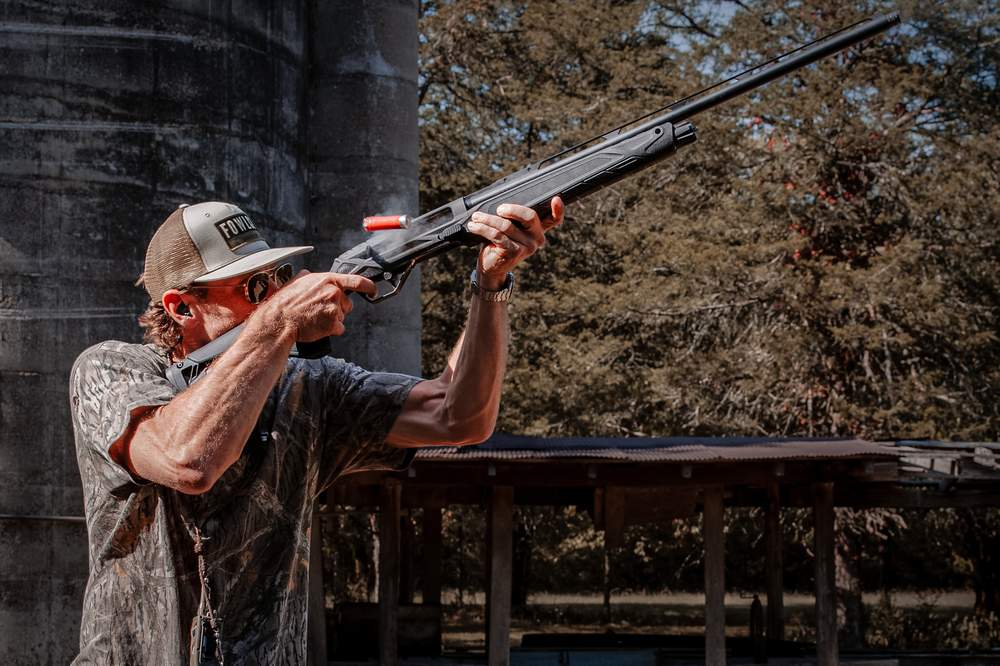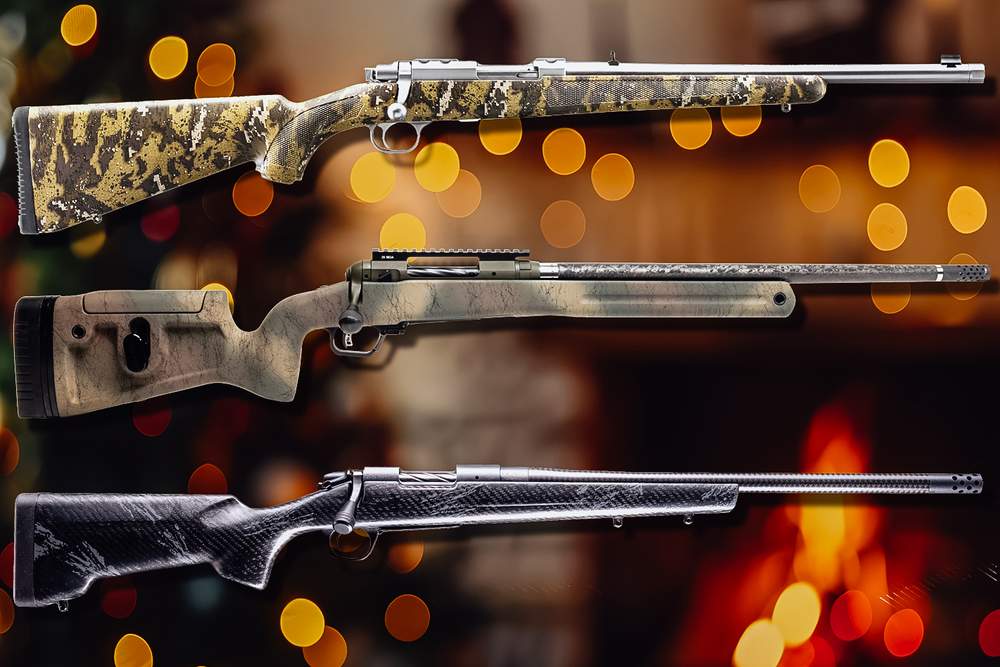It’s the kind of argument that hijacks campfire conversations and splits comment sections on social media like a broadhead through rib meat: Should crossbows be allowed during archery seasons?
Depending on who you ask, crossbows are either the key to growing hunter participation, or that they herald the death of bowhunting as we know it. This isn’t just a debate over gear. It’s a fight over identity, ethics, and, some argue, the future of hunting opportunity itself.
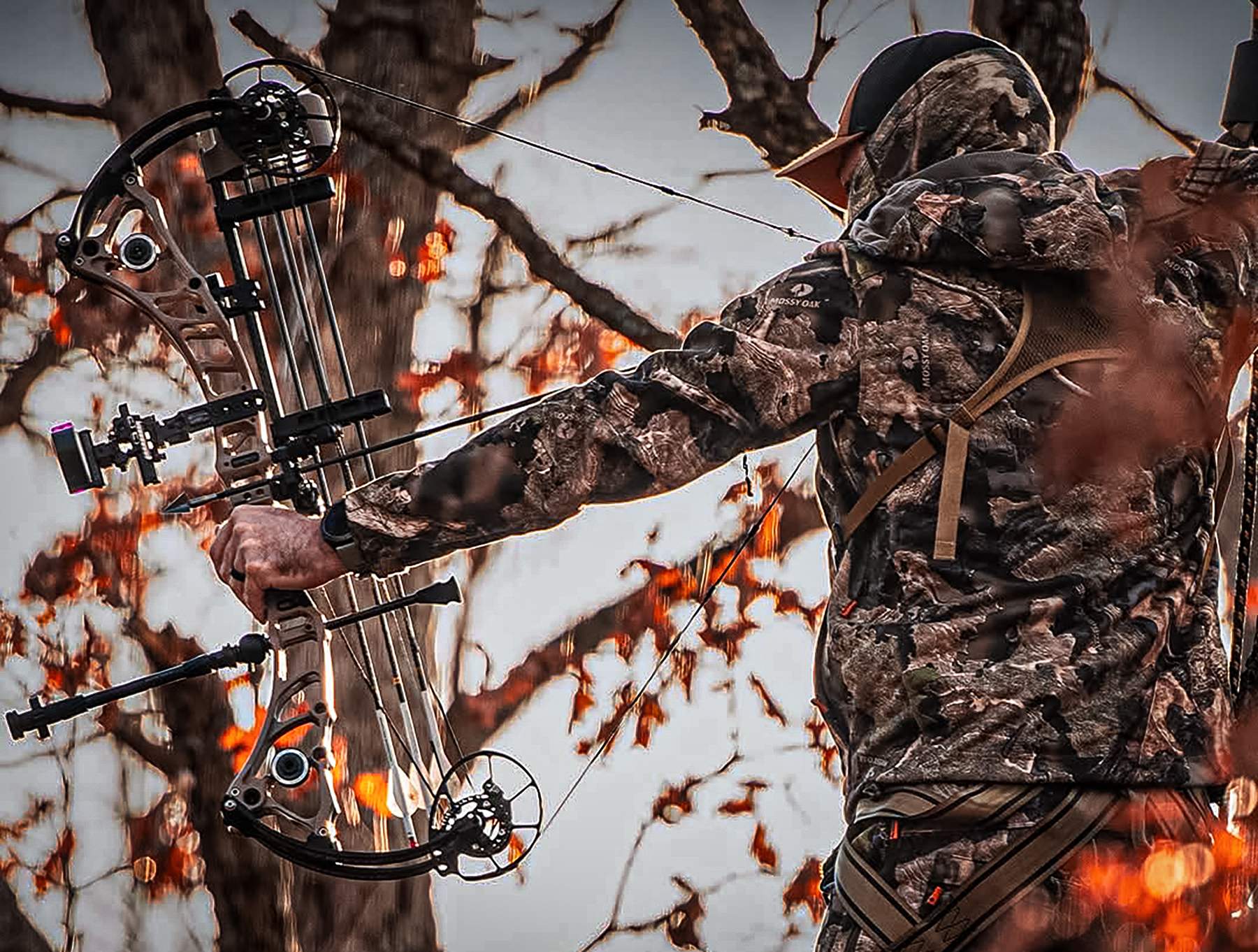
Crossbows have steadily gained legal ground over the past two decades with many states fully integrating them into archery seasons. That shift hasn’t come quietly. Vertical bowhunters, those who draw and shoot with muscle-powered upright bows, see crossbows as a fundamentally different hunting tool that shortens the learning curve, inflates success rates, and risks lowering tag availability for everyone.
But crossbow supporters argue they’re more accessible, more ethical, and more inclusive. They claim the hunting community should be focused on participation and clean kills, not purity tests.
So, who’s right? And more importantly, what does the data and the law say?
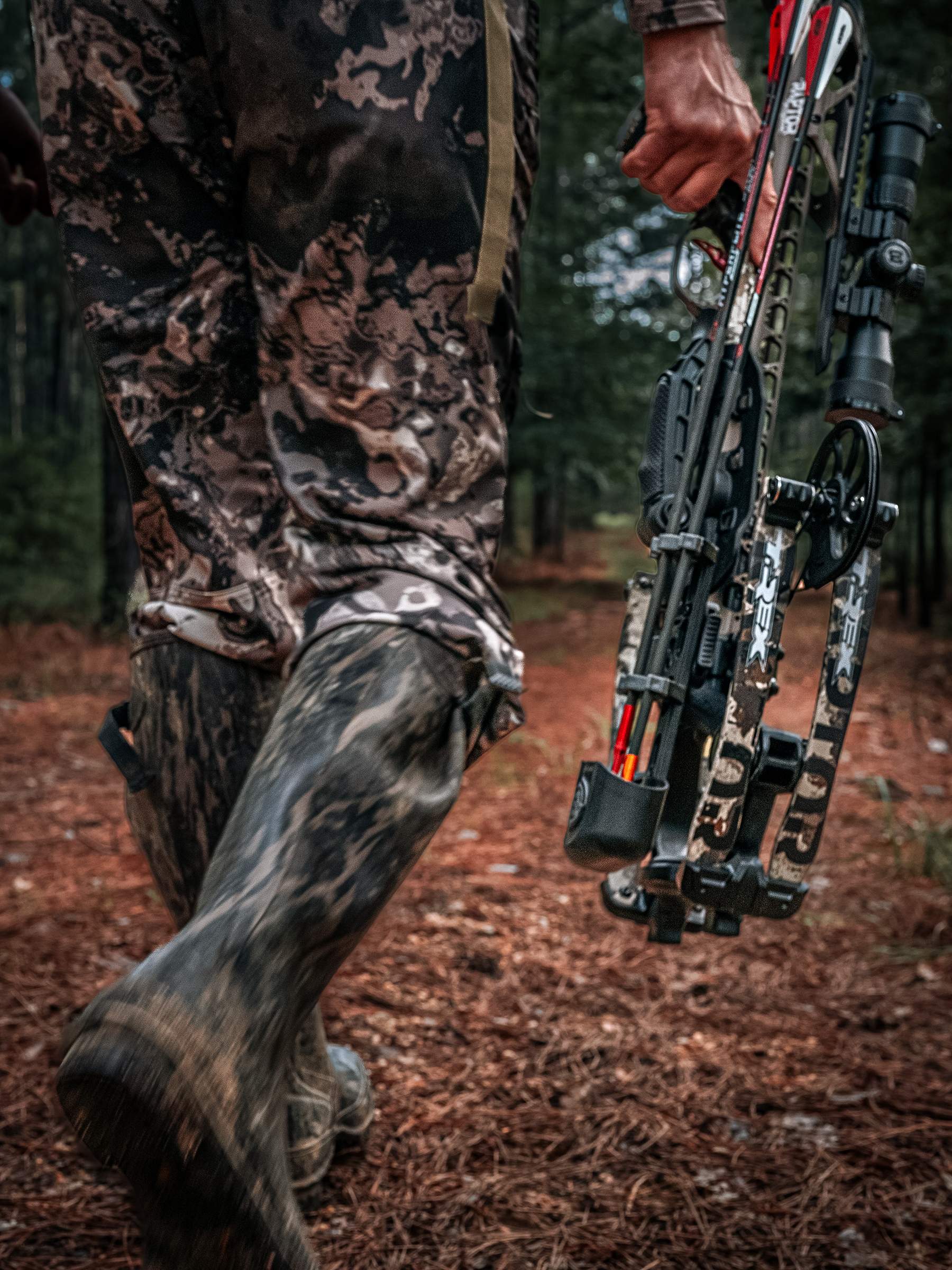
The Players: Traditional, Compound, and Crossbow
For clarity, let’s define the camps at the center of this debate.
Vertical bowhunters are those who use traditional longbows, recurves, or modern compound bows. These hunters must draw and hold the string using their own strength, often at the exact moment the animal is in range. That moment of draw is one of the hardest parts of the hunt, especially when you are 20 yards from a whitetail or bull elk that will bold at the slightest movement.
Traditional bows, or trad bows, like longbows and recurves, are the most demanding. They lack modern features such as let-off, sights, and mechanical releases.
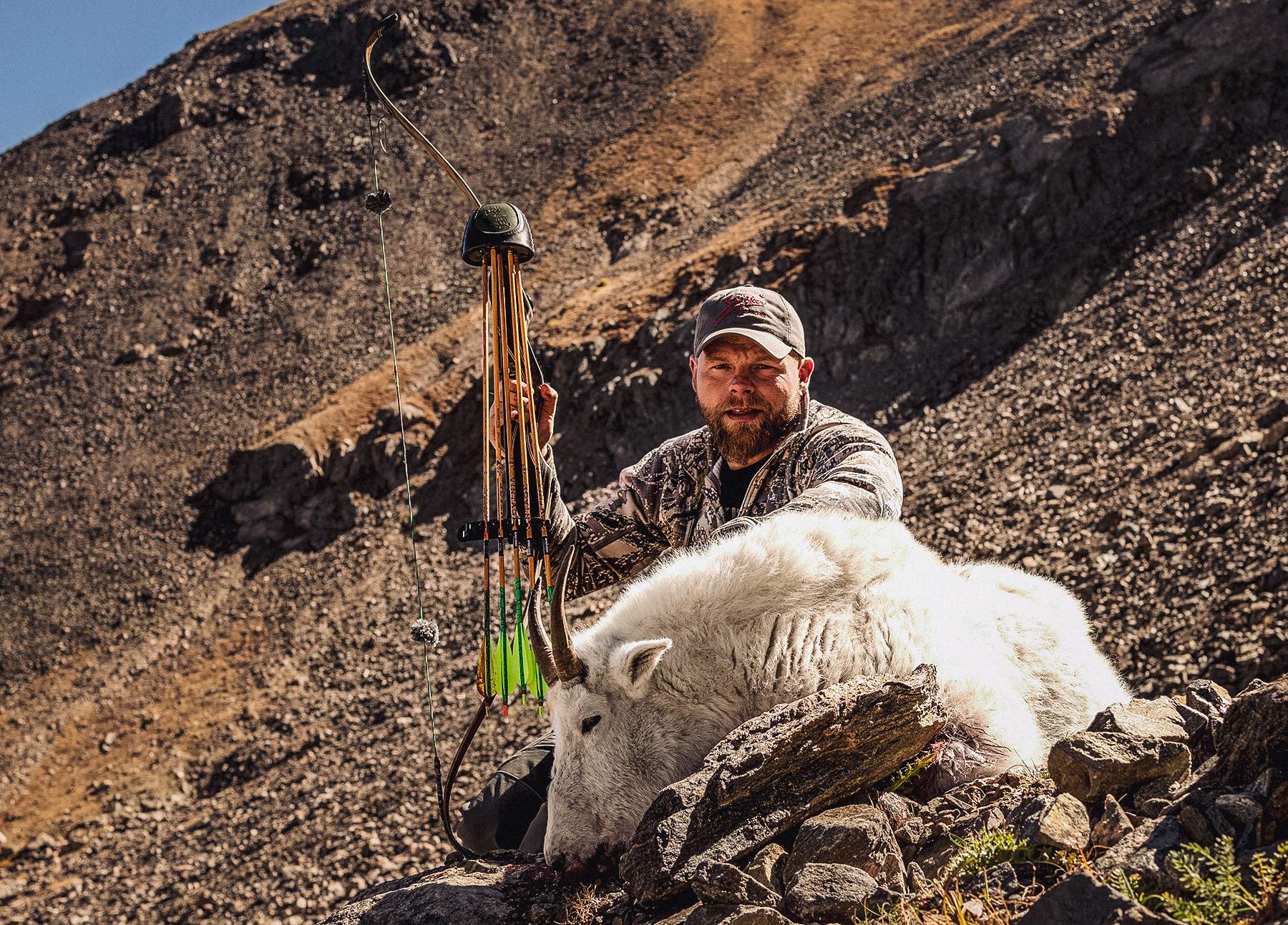
Compound bows use cams, pulleys, and other technology to reduce the holding weight for the archer and increase arrow speed, but they still require timing, strength, and skill.
A crossbow, by contrast, is drawn and cocked ahead of time and fired with a trigger, much like a firearm. And, like a rifle, crossbows are often equipped with scopes, magnified or otherwise. For many vertical bowhunters, that difference is what makes crossbows feel so fundamentally different.
South Cox, owner of Stalker Stickbows and a longtime traditional bowhunter, said the biggest issue is that “drawing your bow while an animal is within bow range can often be one of the hardest parts of the encounter. Having your weapon already cocked and loaded blurs that line between rifle and bow too far in my opinion.”
For those who share Cox’s perspective, the difference between holding a drawn bow at full tension and shouldering a crossbow is more than technical; it’s the foundation of what makes archery, archery.
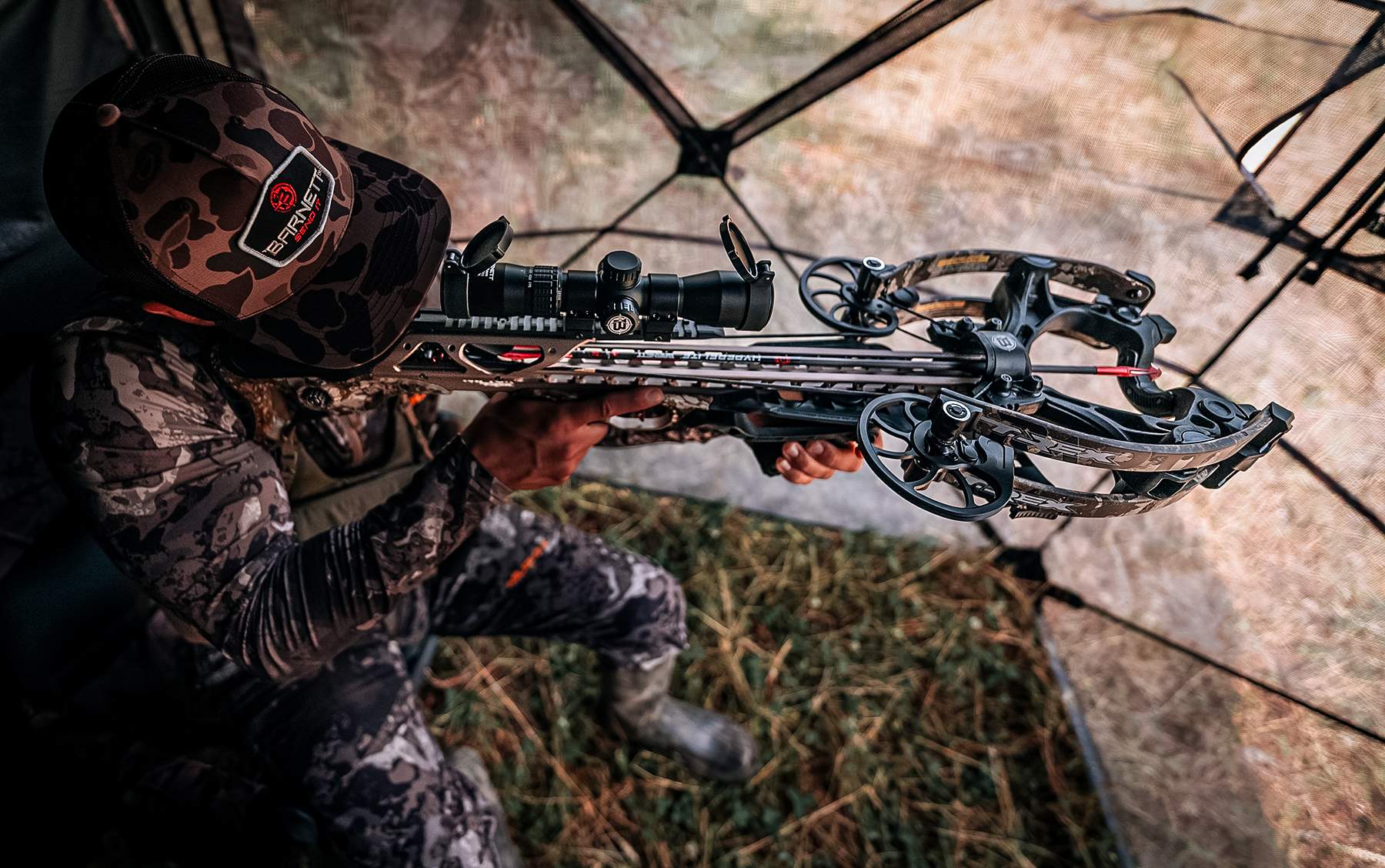
Does More Crossbow Success Mean Fewer Tags and Shorter Seasons?
The biggest sticking point for opponents of crossbows in archery seasons is simple: they work too well. And that’s not just a gut feeling, it’s backed by data.
A five-year study conducted at Fort Sill in Oklahoma found that success rates averaged 22.8% for crossbows, 18% for compound bows, and 11% for traditional gear. In states like Ohio and Pennsylvania, where crossbows have been legal for years, crossbow harvests now outpace those of compounds in many units.
This has sparked fears among vertical bowhunters that increased success rates could lead to fewer tags. Wildlife agencies operate on data. If too many animals are harvested during archery seasons, the natural response is to restrict access, either by reducing the number of tags issued or by shortening hunting seasons.
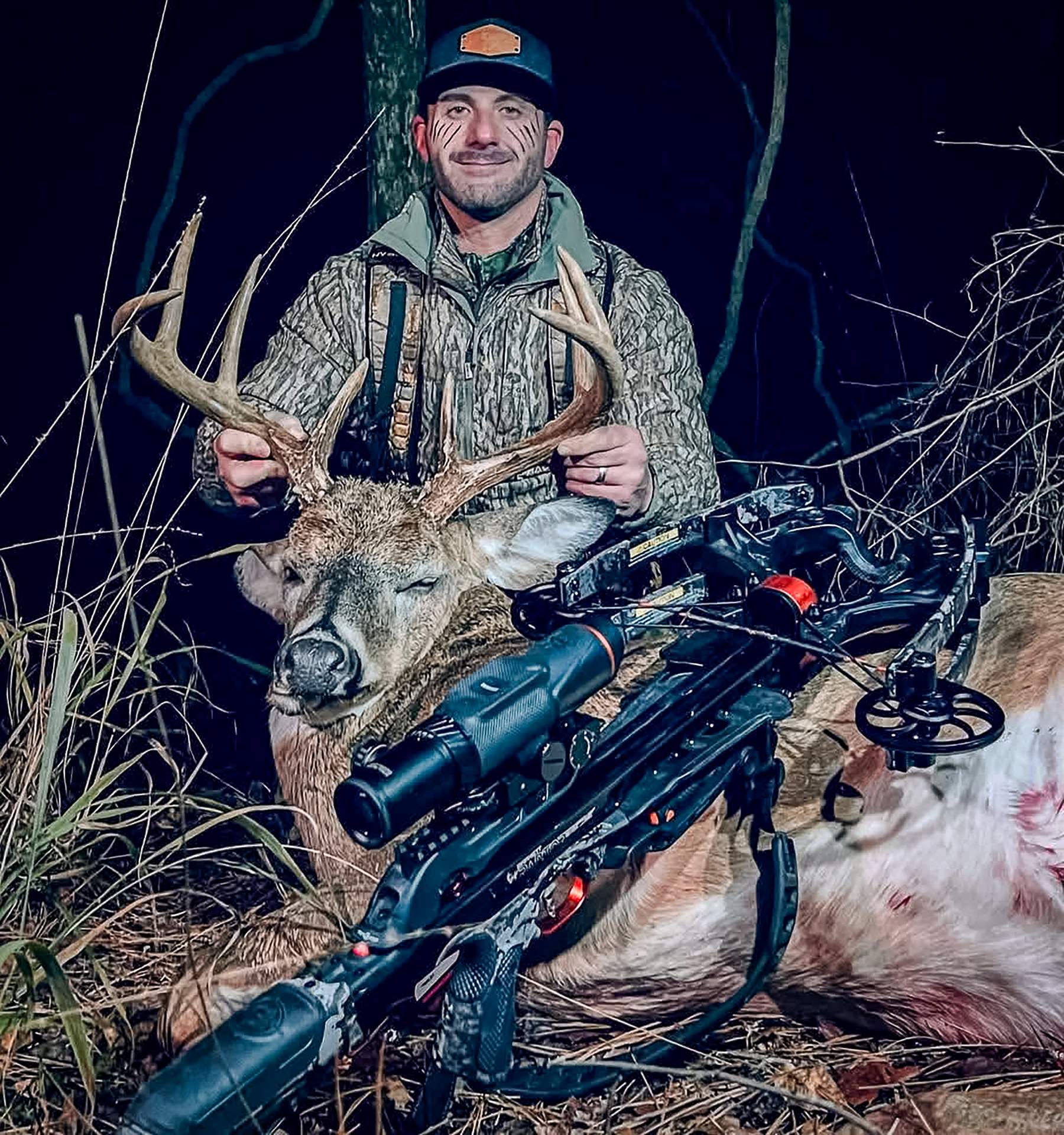
“In states where crossbows are legal during archery seasons, success rates have soared among crossbow hunters,” Cox said plainly. “This will inevitably result in lower tag numbers and shrinking opportunity.”
The concerns don’t only stem from data. Many see the inclusion of crossbows as a dilution of the entire point of archery seasons.
“The whole idea behind having a separate hunting season for archery is because it is a more limited range weapon,” Cox said. “Drawing your bow while an animal is within bow range can often be one of the hardest parts of the encounter.”
But here’s the catch: there’s currently no concrete evidence that opportunity has decreased in direct response to crossbow inclusion. While harvest rates have climbed, most state agencies are adjusting season structures and quotas based on broader factors including herd health, population goals, and participation rates.
So, while the concerns over the impact of crossbows on harvest rates is logically valid, they have proven unfounded over time in the real world.

Ethics, Access, and the Bigger Picture
For crossbow hunters and manufacturers, the core issue isn't success rates. It's access and inclusion. They argue that keeping crossbows out of archery seasons risks turning hunting into a gated community, one reserved for those with the time, physical ability, or privilege to train with a vertical bow.
Joe Snatchko, the brand manager at Barnett Crossbows, doesn’t deny that crossbows are easier to shoot. He sees that as the whole point. “You want to be able to harvest ethically,” he said. “Some people may be so busy that for them to be proficient with a vertical bow isn’t realistic. A crossbow gives them a way in.”
His own son harvested his first deer with a crossbow at age nine. It was an opportunity he said wouldn’t have been possible with a compound because of draw-weight restrictions. Barnett, founded in 1962, is one of the oldest names in the crossbow world, but the company also produces entry-level vertical bows and even slingshots.
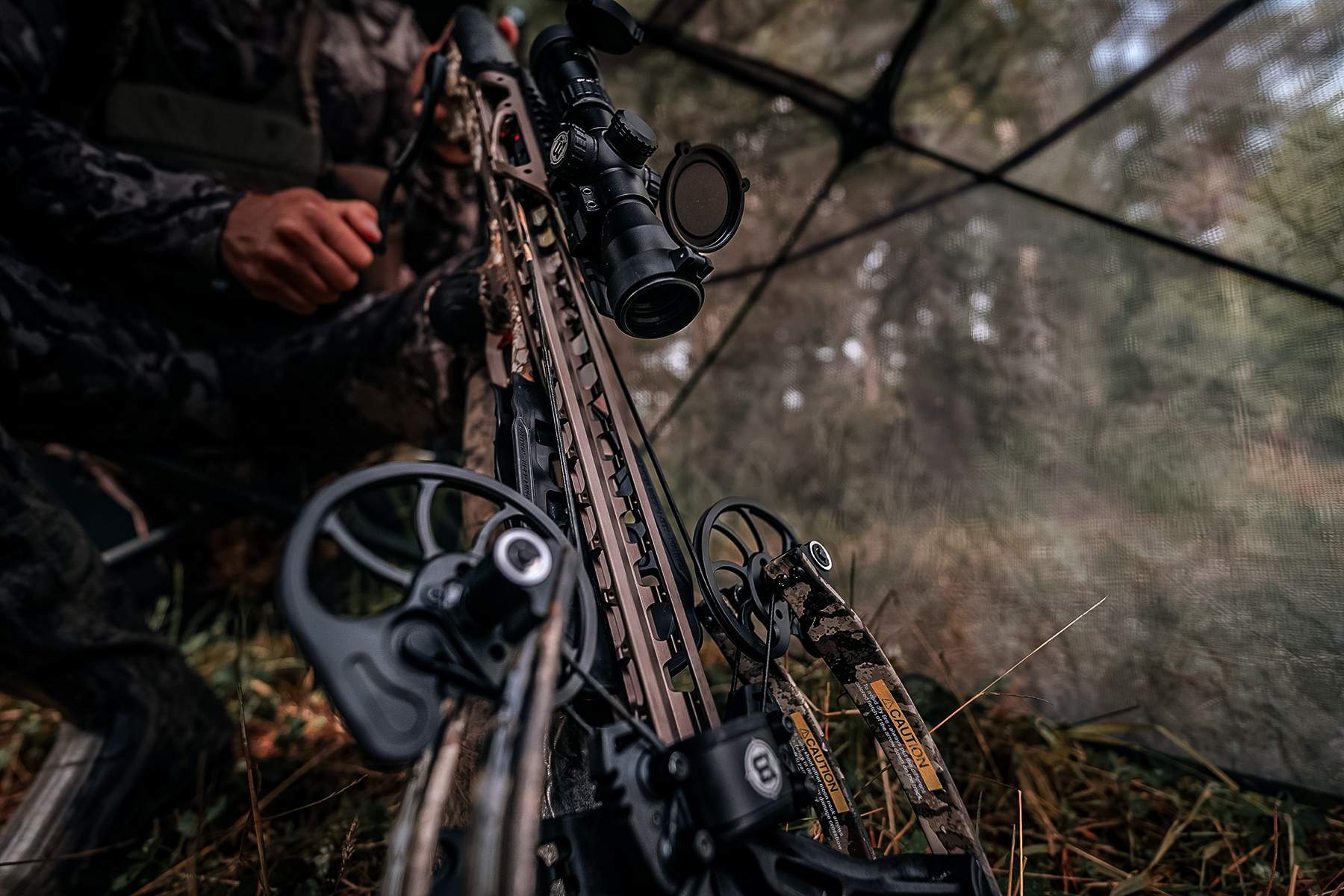
“It’s all about getting people in the pipeline,” Snatchko said.
That pipeline is critical in a time when the overall number of hunters in the field continues to shrink, which is probably why the current inclusion of crossbows hasn’t shrunk tag numbers or hunting seasons — the success rate of crossbow hunters it likely offset by the fact that there are fewer people hunting every year.
Nationally, fewer than 5% of Americans hunt. License sales, gear purchases, and excise taxes from both gun and bow sales fund conservation programs in every state. Bringing new hunters into the fold, even if they start with a crossbow, helps keep those systems afloat.
To Snatchko, crossbows aren’t a shortcut, they’re a gateway.
“I still have to read the wind, pick my setup, know my range, and execute the shot,” he said. “It’s still bowhunting. It’s just more accessible.”
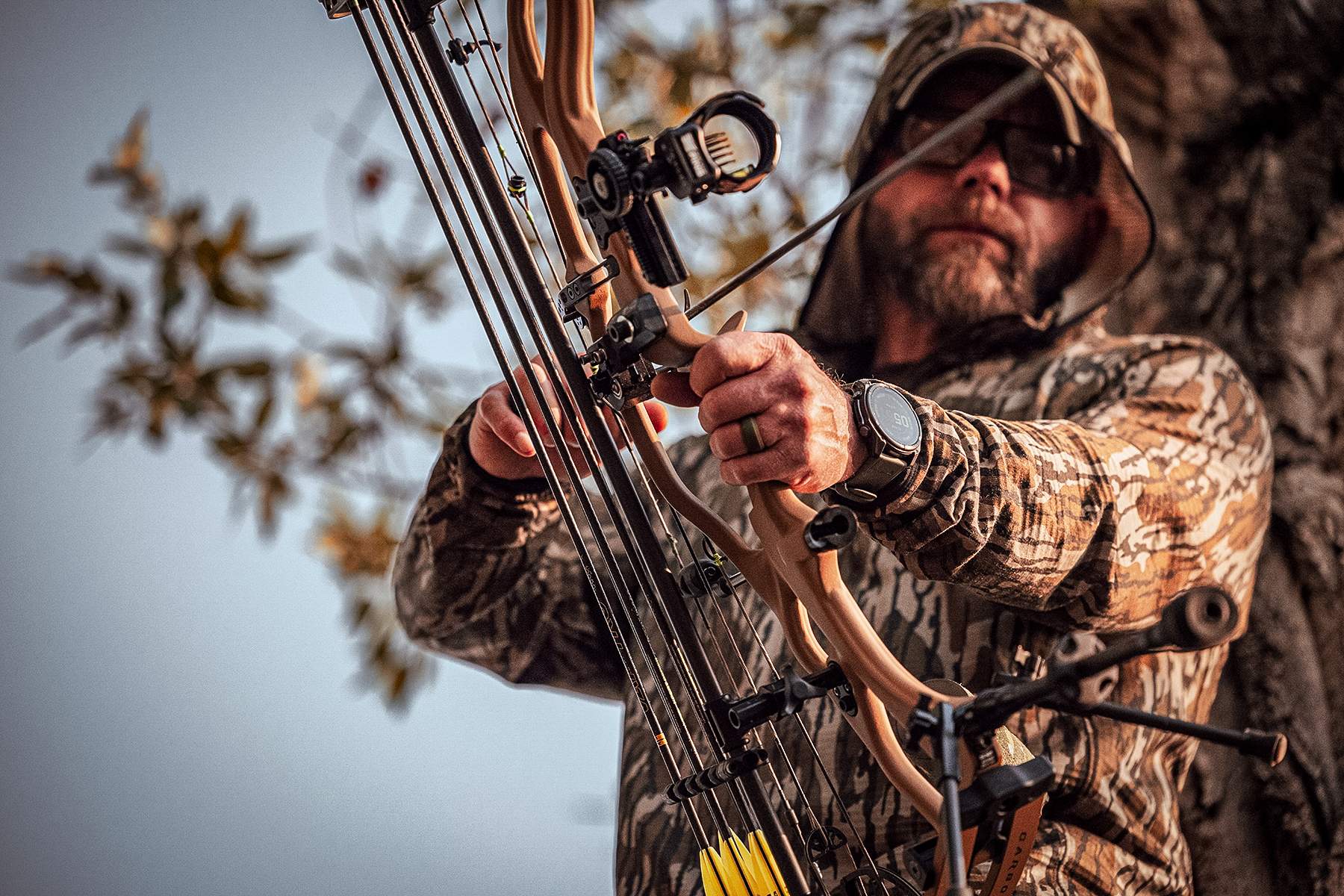
Laws by the Numbers
Whether you see crossbows as a threat or a tool, the legality of their use during archery season depends entirely on where you live. State wildlife agencies each take their own approach, based on herd data, harvest pressure, hunter feedback, and long-term management goals.
Most states fall into one of three categories:
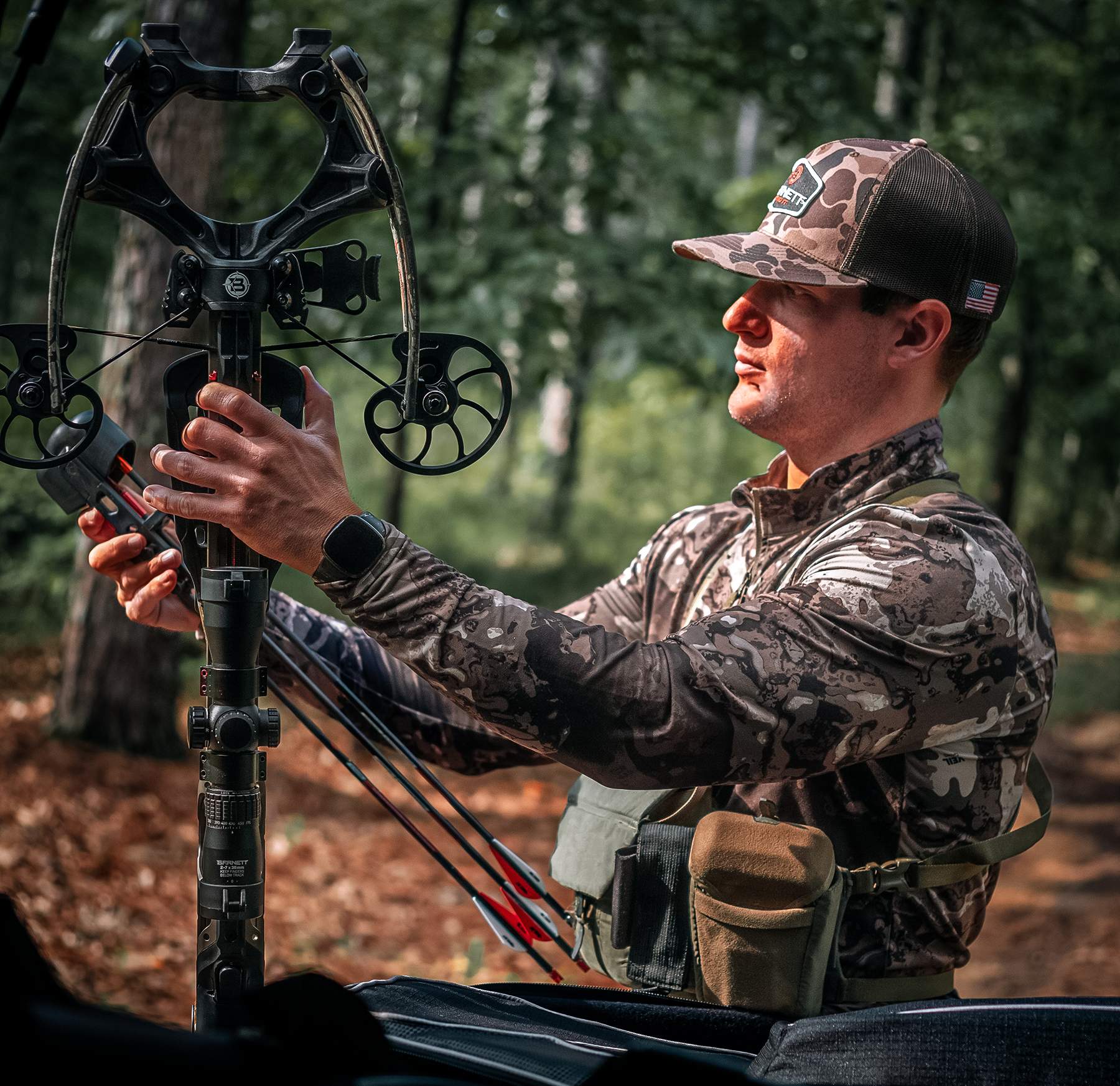
Full Inclusion States
These states allow all licensed hunters to use crossbows during archery season. Examples include Arkansas, Florida, Georgia, Kansas, Louisiana, Maryland, Mississippi, Missouri, Nebraska, New Jersey, North Carolina, Ohio, Oklahoma, Pennsylvania, South Carolina, Tennessee, Texas, Virginia, and Wisconsin. At the time of this post, Senate Bill 6360A and Assembly Bill 8330A are sitting on the New York state governor's desk. In a nutshelll, New York hunters may soon be able to use crossbows during any season where longbows are permitted. For more, visit the New York State Conservation Council's bill-tracking section.
Restricted Use States
In states like Alaska, Colorado, Idaho, Montana, Nevada, New Hampshire, New Mexico, Oregon, Utah, Washington, and Wyoming, crossbows are only legal during archery season if the hunter has a valid disability permit. These states maintain a traditional bowhunting season reserved for vertical bows and tend to have strong support for keeping it that way.
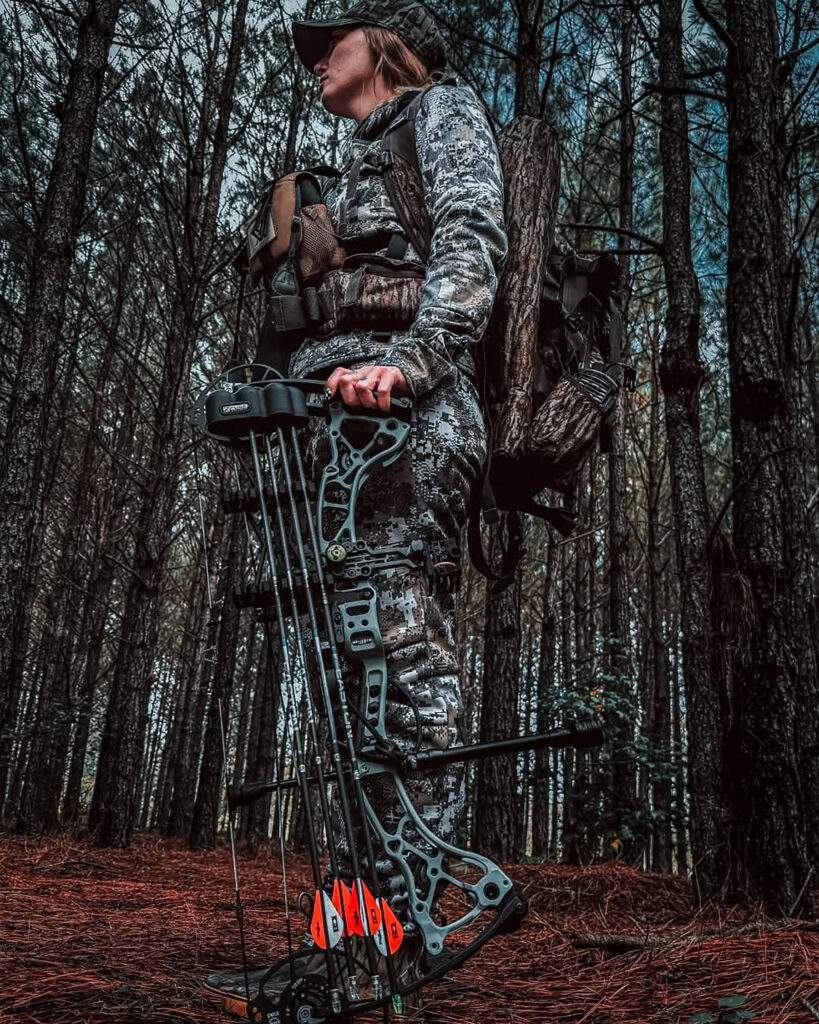
Partial Access States
Some states take a hybrid approach:
Michigan allows crossbows in the Lower Peninsula and with restrictions in parts of the Upper Peninsula.
Iowa permits crossbows in archery season for hunters over 70 or those with a disability permit.
Minnesota allows crossbows for hunters 60 and older or with disability permits during archery season, and for all hunters during firearms season.
Illinois allows full crossbow use during archery season, but only after a set calendar date.
Regardless of the framework, every wildlife agency has one job: to manage the herd sustainably. That means watching harvest trends, monitoring population health, and adjusting seasons as needed. If success rates spike too high or harvest pressure threatens long-term goals, managers have the authority to reduce tag numbers, shift season dates, or even revisit weapon restrictions.

Most vertical bowhunters fear that crossbow inclusion could eventually force those changes. But in many of the states where crossbows have been fully legal for years, those adjustments haven’t materialized. At least not yet.
“Those states know the numbers,” Snatchko said. “They regulate their state to have a healthy deer herd. They know what it does for license sales and participation.”
It’s a reminder that wildlife managers aren’t guessing. They’re making decisions based on hard data.
Is There a Middle Ground?
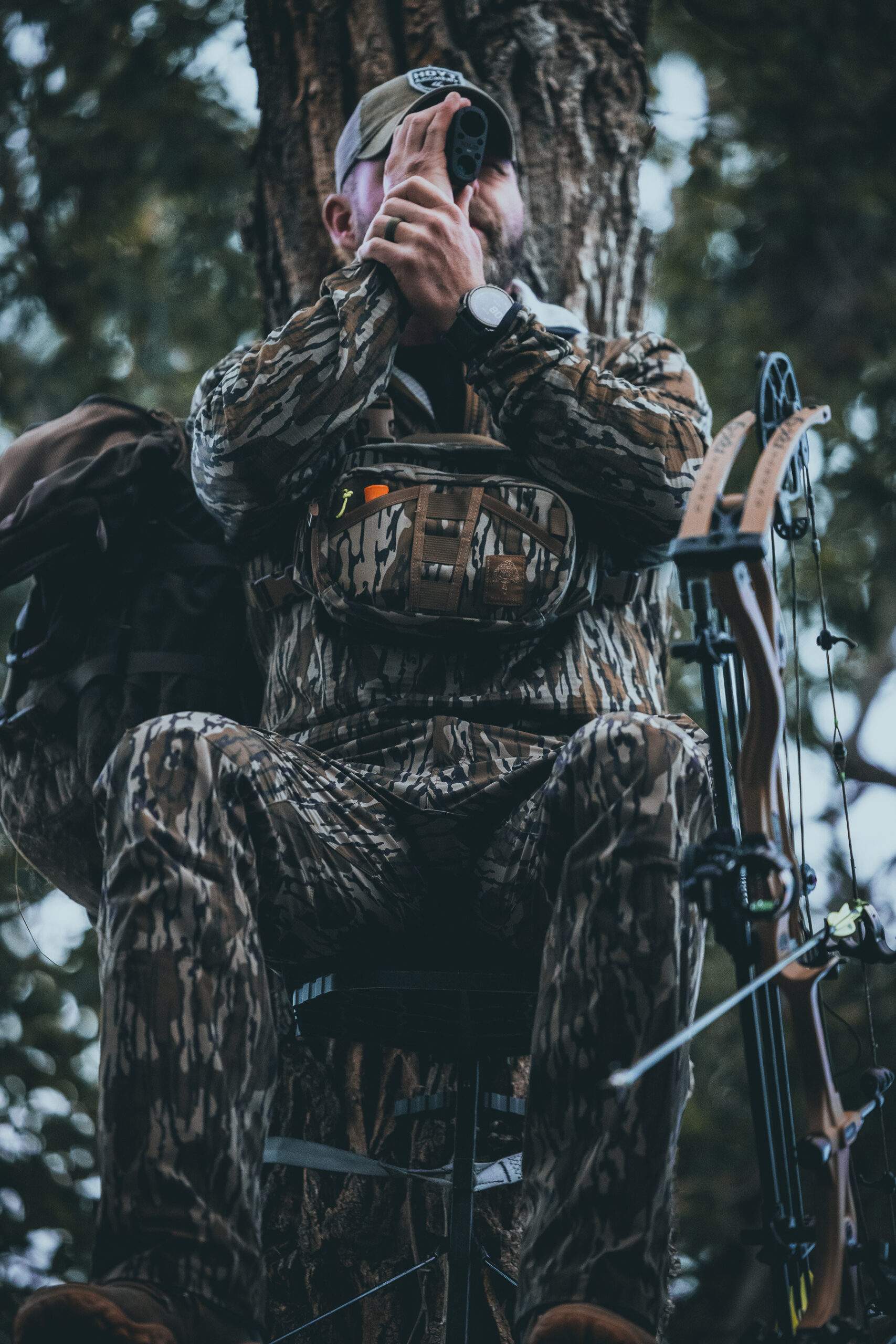
Some bowhunters say this debate doesn’t need to be black and white. The future of bowhunting may not be about choosing sides but finding ways for both approaches to exist without compromising opportunity.
One solution already in place in several states is a staggered season structure, where vertical bows get a head start before crossbows are allowed in. Illinois, for example, opens its archery season to vertical bows in early October but doesn’t allow crossbows until later in the month.
Other states limit crossbow use to youth, seniors, or those with disability permits. These frameworks attempt to preserve the intent of archery seasons while still allowing broader participation.
Another option is bow-specific harvest tracking or separate tag pools. This lets wildlife managers see how different equipment types affect success and pressure. It's a data-driven strategy that provides more control without restricting access outright.
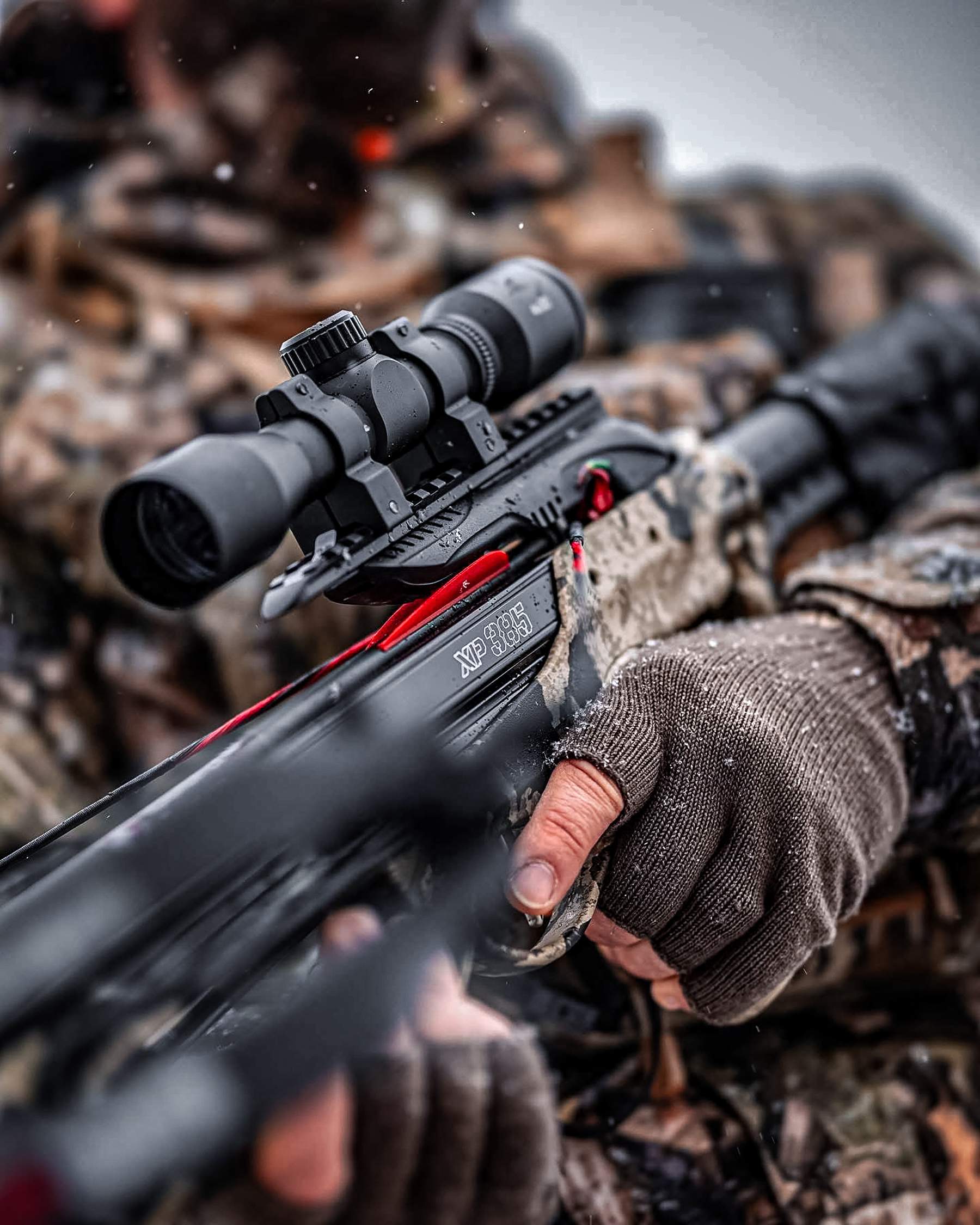
Beyond the regulations, there’s also a cultural middle ground to consider. Most bowhunters agree on at least one thing: youth and disabled hunters should be allowed to use crossbows during archery seasons. Even traditionalists rarely push back on that.
Cox acknowledged this himself. “I realize that some people don’t have the ability to draw a bow and that medical waivers are available in many states,” he said.
Snatchko agreed and said he sees access as essential.
“There are people who used to bowhunt with compounds and can't anymore because of shoulder injuries or physical limitations,” he said. “Why should they be locked out of archery season completely?”
This is the shared ground: protecting access for hunters who would otherwise be sidelined, while ensuring the system remains fair, ethical, and sustainable for everyone.
The challenge is managing that access. When disability waivers are abused or handed out too freely, trust in the system starts to break down. But with thoughtful regulation and consistent oversight, many believe crossbows can help expand the hunting community without dismantling the tradition that built it.
Final Shot
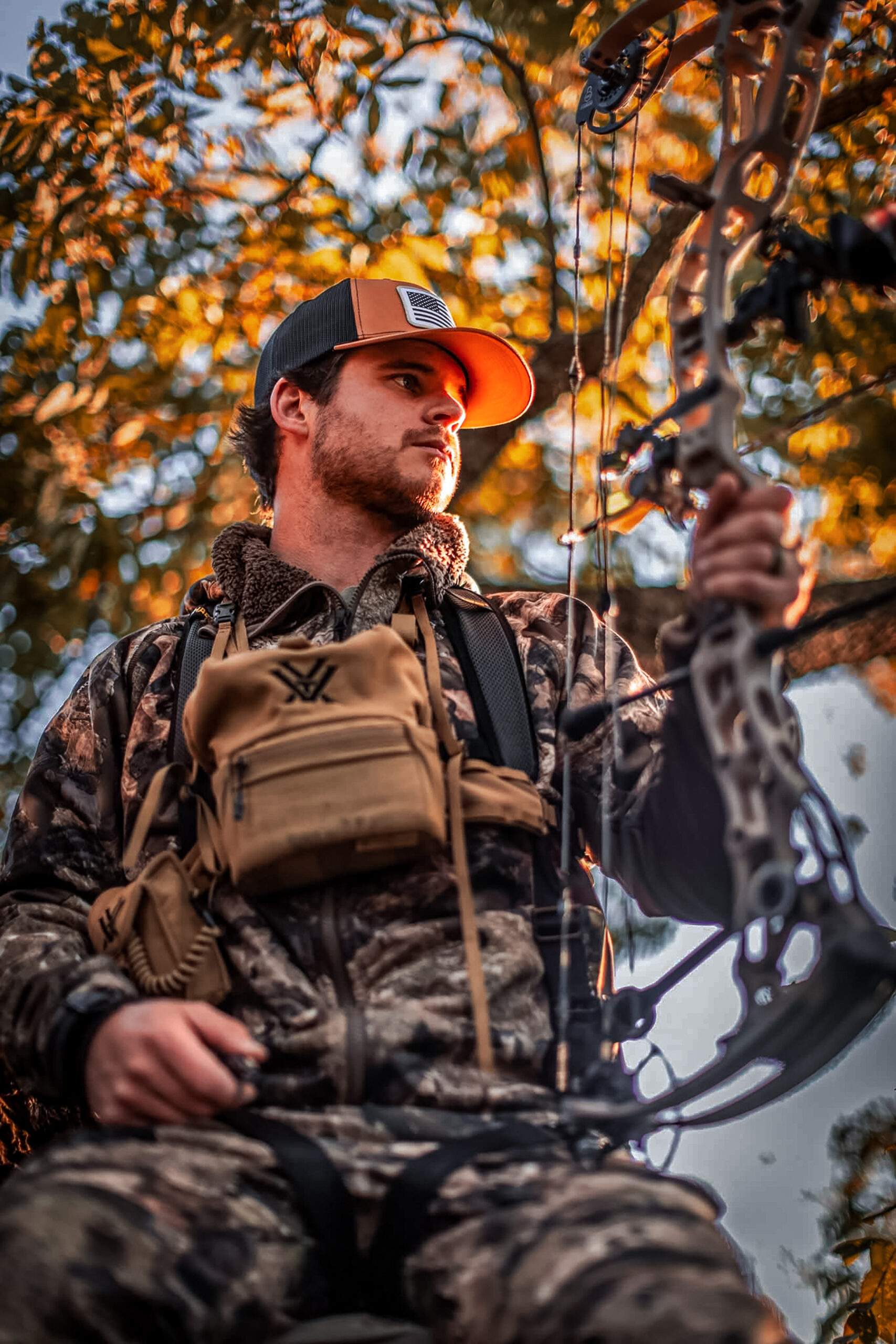
This debate isn’t going anywhere. As technology evolves and participation trends shift, state agencies will continue adjusting seasons to fit their management goals. Whether that includes crossbows during archery season will depend on local data, hunter input, and how well we hold ourselves accountable as a community.
Some see crossbows as the beginning of the end for true bowhunting. Others see them as the tool that can bring the next generation of license buyers and conservationists into hunting.
The question isn’t just what a bow is. It’s what kind of hunting culture we want to build — one rooted in tradition and challenge, or one that’s open to change in the name of access and sustainability.
Maybe it can be both.
